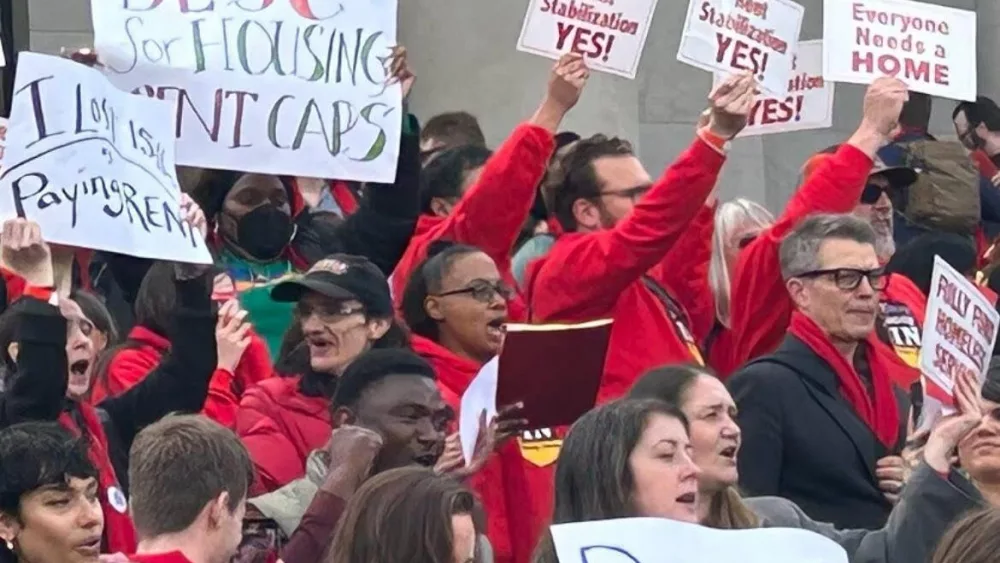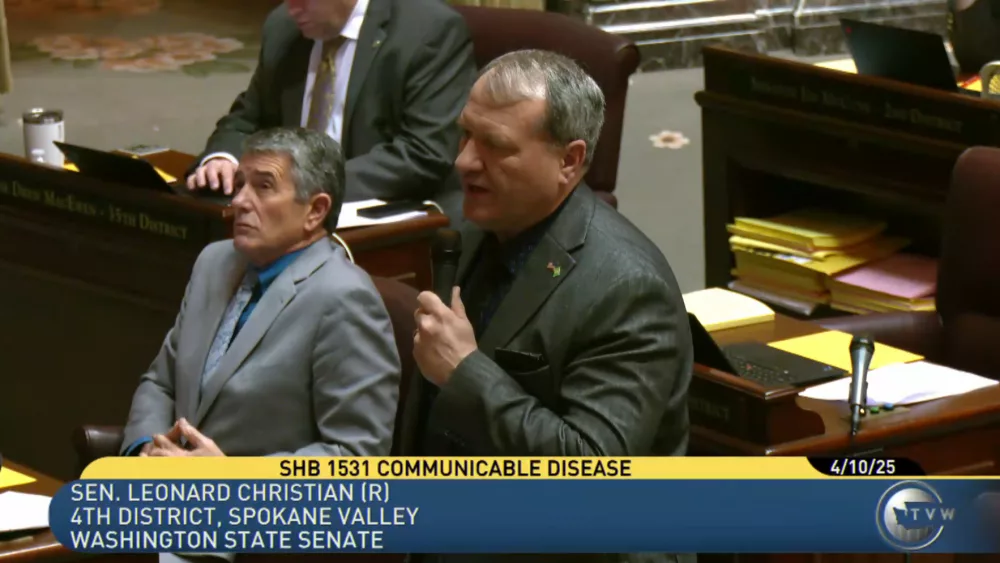(The Center Square) – Seattle Mayor Bruce Harrell has signed a new building emissions standard, which means the city will have to accelerate action on city-owned buildings.
The Building Emissions Performance Standard Policy is projected to cut annual building greenhouse gas emissions by 325,000 metric tons by 2050. That is the equivalent of taking 72,322 gasoline-powered cars off the roads for a year.
The policy applies to existing nonresidential and multifamily buildings greater than 20,000 square feet. Approximately 1,650 nonresidential buildings and about 1,885 multifamily buildings with 20 units or more are covered under the policy. About 600 large buildings on college and hospital campuses are also covered.
According to a fiscal note attached to the newly signed standard, seven of the city’s buildings are over 20,000 square feet, which would in turn means spending approximately $35 million by 2042.
“To protect public health and mitigate the worst impacts of the climate crisis, Seattle must transition off of fossil fuels like polluting fracked gas,” Sierra Club Senior Campaign Representative Dylan Plummer said in a statement. “Developing strong and enforceable building emissions performance standards and requiring large buildings to make the switch from dirty fuels is a critical step to protect our climate.”
In 2023, the Seattle Office of Sustainability and Environment appropriated $828,228 in payroll expense tax revenue to implement the building emissions performance standard policy.
The 2024 city budget includes $5.8 million in appropriations from the payroll expense tax to continue the policy’s implementation. This includes $4.5 million for engineering design and capital funding for nonprofit and affordable housing buildings.
Project costs through 2029 are re-estimated to total $5.8 million with an ongoing annual cost of $386,000 per year.
Harrell signed the Building Emissions Performance Standard Policy into law on Dec. 13.





